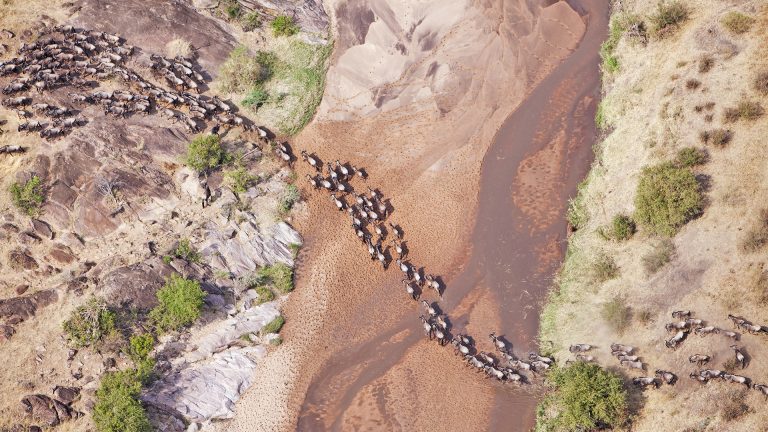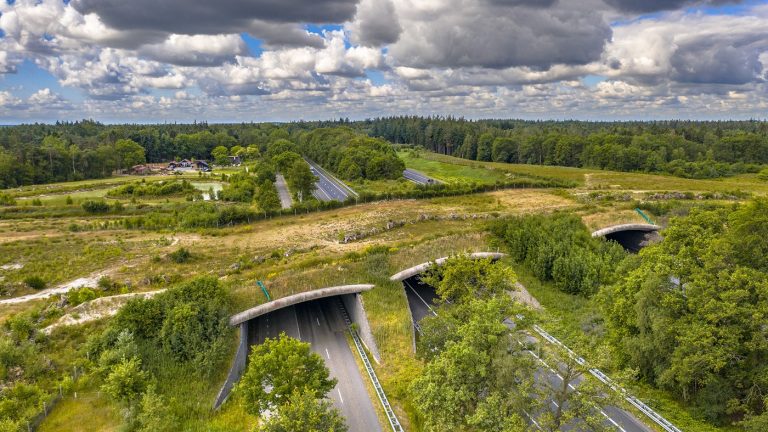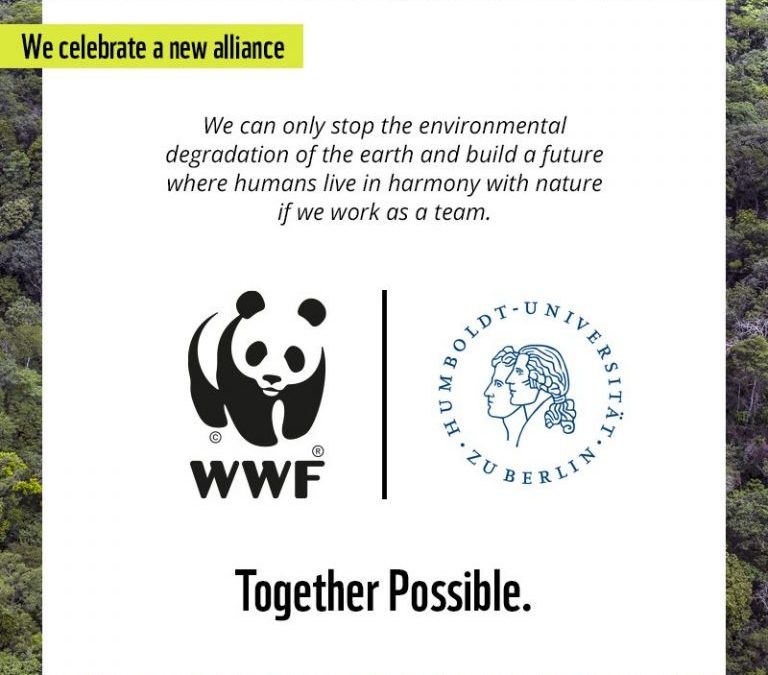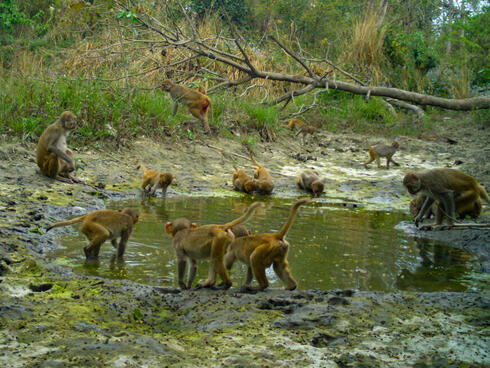- The initiative is implemented by WWF offices in Bolivia, Brazil and Paraguay and Fundación Vida Silvestre in Argentina and is focused on the jaguar as an umbrella species.
- According to IPBES data, adequately connected protected areas only cover between 9.3 and 11.7% of the land area.
- On World Animal Day, WWF and Fundación Vida Silvestre Argentina invite people to learn more about ecological connectivity and its importance.
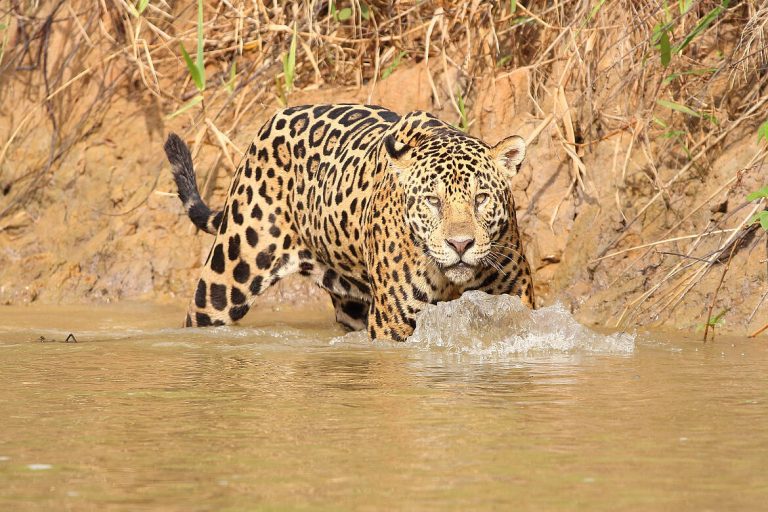
On World Animal Day, WWF and Fundación Vida Silvestre Argentina invite people to learn more about ecological connectivity and its importance.
October 4th, 2022.- With the aim of protecting, managing and restoring ecological connectivity in the Chaco Pantanal Landscape, WWF in Bolivia, Brazil and Paraguay and Fundación Vida Silvestre in Argentina, implement the “Wildlife Connect” initiative. It takes place at a time when figures show that around a million species are facing extinction, mainly due to the destruction and fragmentation of natural habitats. An IPBES report from 2019 also mentions that adequately connected protected areas only cover between 9.3 and 11.7% of the land area, added to the fact that the impacts of climate change demand a greater movement of species to its survival.
Connected landscapes allow wildlife to move around to meet their most important needs, such as finding food and water, dispersing, and reproducing, while maintaining healthy populations. In turn, connectivity ensures the continuity of the ecosystem services that sustain life on the planet. Pollination or the flow of fresh water are some benefits. On the other hand, when habitats become fragmented, connectivity contributes to strengthening coexistence between wildlife and people.
However, the connections of the planet are increasingly threatened. The conversion and fragmentation of forests for commercial and subsistence agriculture, land trafficking and speculation, mining and other extractive industries, land fencing, private borders and the construction of roads and other linear infrastructure, put at risk the movement of species. Protected areas are increasingly isolated from one another and are often not large enough for long-term wildlife support.
That is why ecological connectivity is highly relevant in conservation efforts. “Wildlife Connect initiative, designed by WWF Wildlife Practice, the Large Landscapes Conservation Center (CLLC) and the IUCN Connectivity Conservation Specialist Group, proposes a theory of change that looks forward to avoiding the fragmentation of natural habitats and promote the management of agricultural lands to allow wildlife to move through them. In addition, it seeks to promote better land use planning, create, and conserve wildlife corridors, and remove or mitigate barriers to species movement. This would allow wildlife to adapt to a changing world, achieving its conservation”, mentions Rafael Antelo, leader of the initiative for WWF.
The Pantanal Chaco is one of the most biodiverse landscapes on the planet, and yet it has one of the highest rates of deforestation, which puts vital corridors for species such as the jaguar at risk. “Our decisions are based on science, and for this reason we are working in a coordinated manner with a group of some 50 experts on jaguars and connectivity from the four countries with the aim of identifying the ecological corridors that are important for the jaguar and that can also favor to other species with similar ecological requirements”, added Rafael Antelo.
On World Animal Day, WWF and Fundación Vida Silvestre invite the different sectors to learn more about ecological connectivity. “One of the first steps to protect existing connectivity and restore lost connections is to inform and raise awareness about the importance of this effort. That is why we have made available a website with information on actions not only in the Pantanal Chaco landscape, but also in other ecoregions such as Asia, Africa and Europe, where the initiative is also implemented. Likewise, a new animated video allows people to learn more about the meaning of ecological connectivity, based on one of the most emblematic and vulnerable species in our region: the Jaguar”, adds Antelo.
WWF has vast experience in implementing landscape conservation approaches and ecological connectivity actions on all continents. WWF has played key roles in conserving connectivity, including corridor design, establishment and management, habitat permeability management, building community support for connectivity, monitoring wildlife movements, conflict mitigation between humans and wildlife in key areas of wildlife dispersal, development of national policies and support of international agreements.
For more information, contact: Andrea Cabrera, Communication and Marketing Coordinator at WWF Bolivia. acabrera@wwfbolivia.org

